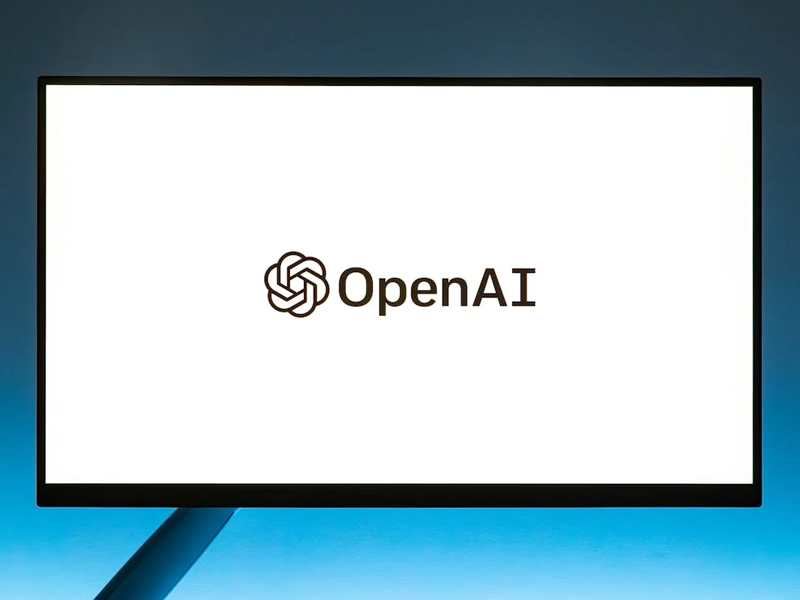OpenAI’s New Tool Spots the Fake AI-Generated Content

AI & ML
The Challenge of AI-Generated Content
 AI-generated images have become increasingly sophisticated. Tools like DALL-E 2, created by OpenAI itself, can produce remarkably realistic images based on user prompts. While this technology holds immense creative potential, it also raises concerns about misinformation and the spread of fake news.
Deep Fakes pose an even greater threat. By manipulating existing video footage or audio recordings, they can be used to make it appear as if someone is saying or doing something they never did. This can have devastating consequences, damaging reputations, swaying public opinion, and eroding trust in media sources.
AI-generated images have become increasingly sophisticated. Tools like DALL-E 2, created by OpenAI itself, can produce remarkably realistic images based on user prompts. While this technology holds immense creative potential, it also raises concerns about misinformation and the spread of fake news.
Deep Fakes pose an even greater threat. By manipulating existing video footage or audio recordings, they can be used to make it appear as if someone is saying or doing something they never did. This can have devastating consequences, damaging reputations, swaying public opinion, and eroding trust in media sources.
OpenAI’s Solution: A Tool to Spot the Fake
 To address these challenges, OpenAI is developing a new tool that can help users identify AI-generated images and deep fakes. The exact details of the tool haven’t been fully revealed, but here’s what we know based on available information:
To address these challenges, OpenAI is developing a new tool that can help users identify AI-generated images and deep fakes. The exact details of the tool haven’t been fully revealed, but here’s what we know based on available information:
Machine Learning for Detection
The tool will likely leverage machine learning algorithms trained on vast datasets of real and AI-generated content. These algorithms can analyze subtle patterns and inconsistencies that might be difficult for the human eye to detect, ultimately revealing signs of manipulation.Integration with Existing Platforms
OpenAI is exploring ways to integrate this detection tool with existing platforms like social media or search engines. This would allow users to receive real-time alerts or warnings when encountering potentially manipulated content.Focus on Transparency
OpenAI emphasizes the importance of transparency alongside detection. The goal isn’t simply to flag manipulated content as fake, but to provide users with the information they need to make informed judgments about the content they see online.The Potential Impact
OpenAI’s proposed tool has the potential to be a game-changer in the fight against misinformation and deep fakes. Here’s how it could impact the digital landscape:Empowering Users
By equipping users with the ability to identify manipulated content, the tool promotes media literacy and critical thinking skills. Users will be more discerning about the information they consume and share online.Deterring Malicious Actors
The knowledge that their manipulations can be more easily detected might deter bad actors from creating deep fakes or spreading AI-generated misinformation in the first place.Promoting Trust and Accountability
OpenAI’s tool can foster a more responsible online environment where content creators are held accountable for the authenticity of their content.Limitations and Considerations
While the potential benefits are significant, it’s important to acknowledge some limitations and considerations:Evolving Technology
As AI technology continues to develop, creators of deepfakes and AI-generated content will likely adapt their techniques to evade detection.Accessibility and Training
The effectiveness of the tool will depend on its accessibility and how effectively users are trained to interpret its results.Ethical Considerations
There are potential ethical concerns surrounding the use of such detection tools. For instance, how will the tool distinguish between satire or parody and malicious manipulation? OpenAI’s development of a tool to identify AI-generated images and deep fakes represents a significant step towards a more responsible and trustworthy online environment. While there are challenges to address, this technology empowers users to become more critical consumers of information and fosters a culture of verification in the digital age. As AI technology continues to evolve, ongoing efforts to combat manipulation and promote transparency will be crucial for maintaining a healthy and informed online community.Frequently Asked Questions?

01
Mobile Technology
Android Fights Back Against Phone Snatchers with Theft Detection Lock
May 19, 2024

01
AR and VR
Exploring the Real-World Uses of Augmented Reality
May 18, 2024

01
Blockchain
The Industrial Metaverse: Revolutionizing Manufacturing and Beyond
May 17, 2024

01
AI & ML
Google Search Goes Visual: Search by Uploading a Video!
May 15, 2024
SUSBSCRIBE TO OUR NEWSLETTER
Join our subscribers list to get the latest news and special offers.
Android Fights Back Against Phone Snatchers with Theft Detection Lock
Exploring the Real-World Uses of Augmented Reality
The Industrial Metaverse: Revolutionizing Manufacturing and Beyond
Don’t Get Hacked: Update Your LiteSpeed Cache Plugin Immediately